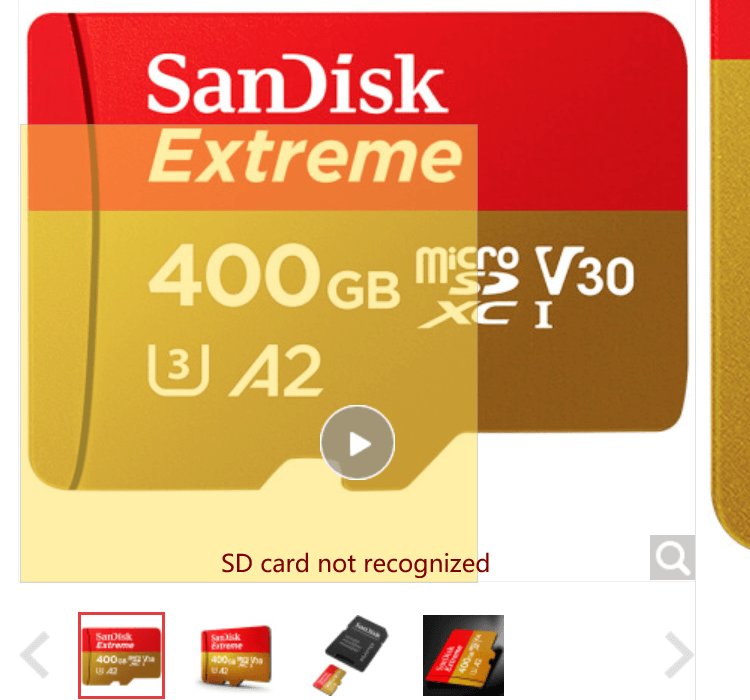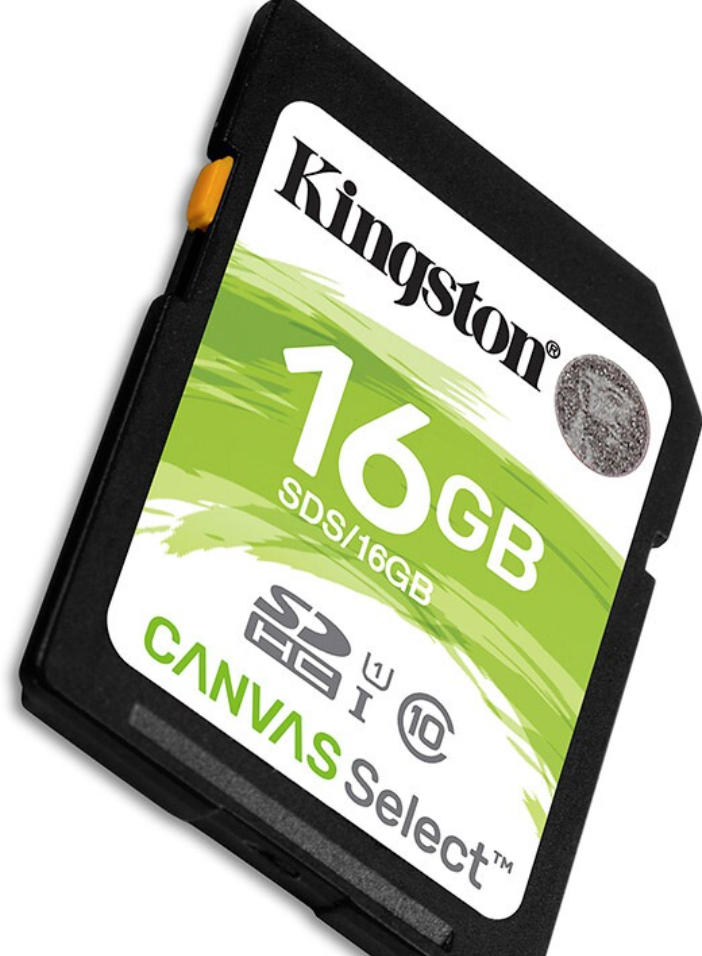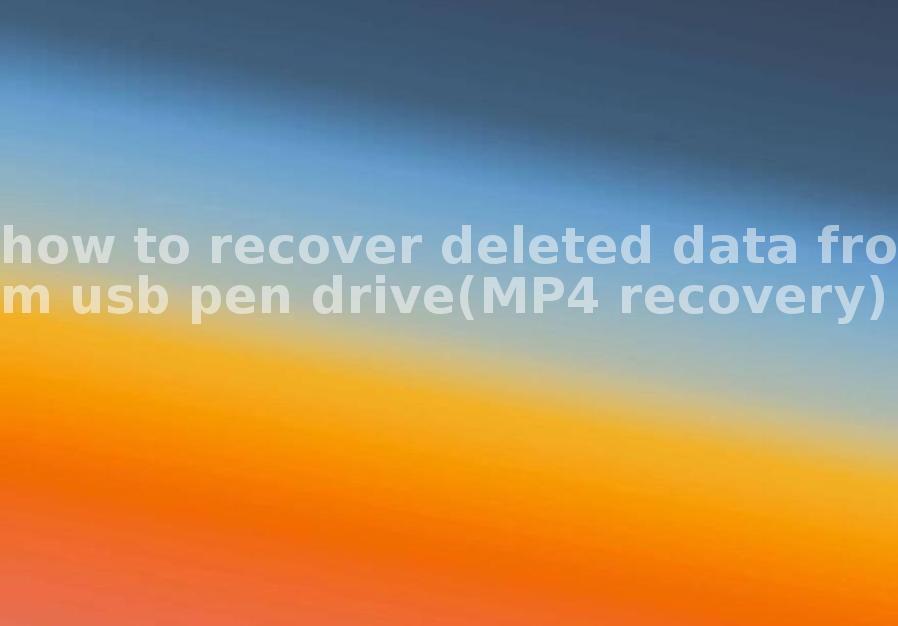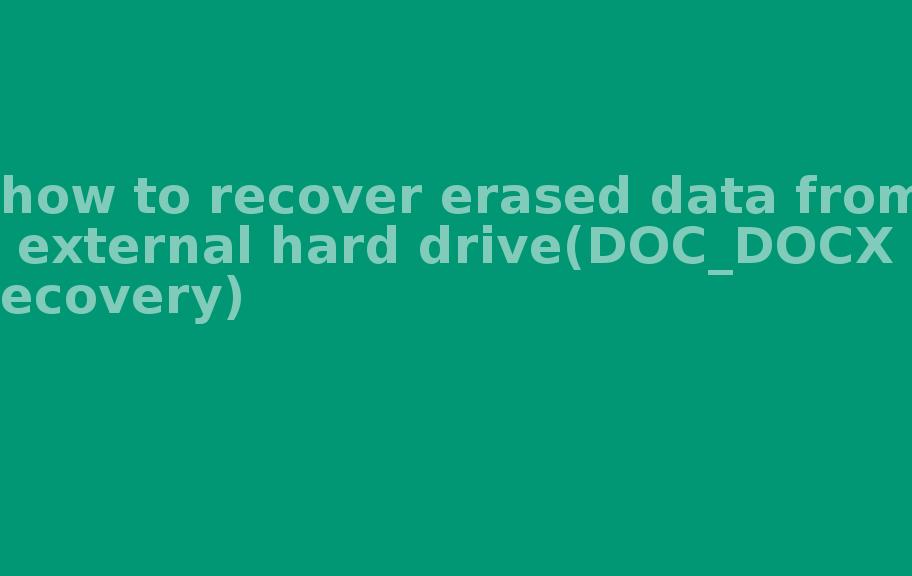USB flash drive RAW data recovery and introduce
2023-03-16 11:47 501
What is USB drive?
High-capacity mobile storage product that uses a USB interface without a physical drive, and is connected to a computer through the USB interface for plug-and-play use. After the USB port is connected to the computer, the data on the USB flash drive can be exchanged with the computer. After that, the device with similar technology could no longer be called "USB flash drive" because Lantech had registered the patent, and it was called "USB flash drive" instead. Later, the name USB flash drive became widely known as one of the mobile storage devices due to its simplicity and ease of remembering.
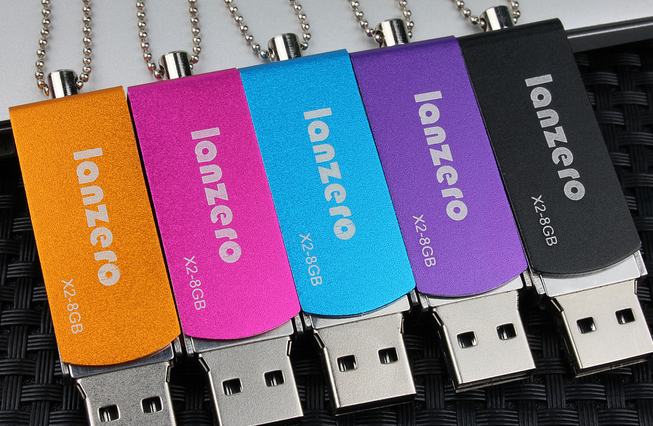
Compared to other portable storage devices, flash memory U disk has many advantages: occupies little space, usually operates faster (USB1.1, 2.0, 3.0 standard), can store more data, and more reliable performance (due to the absence of mechanical devices), disconnected when reading and writing without damaging the hardware (floppy disconnected immediately damaged when reading and writing), only to lose data. These disks use the USB mass storage device standard and have built-in support in operating systems such as Linux, Mac OS X, Unix and Windows.
USB flash drives usually use an ABS plastic or metal case with a small printed circuit board inside, allowing the flash drive to be small enough to fit in a pocket like a key ring ornament, or to be strung on a neck strap. Only the USB connector protrudes from the protective case and is usually covered by a small cap. Most USB flash drives use a standard Type-A USB connector, which allows them to be plugged directly into a USB port on a personal computer.
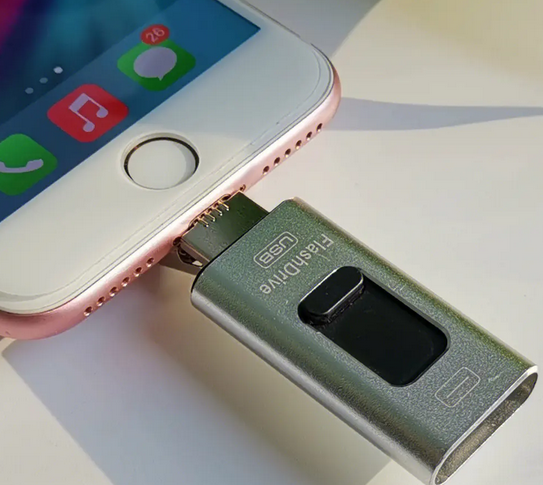
To access the data on the USB drive, it must be connected to the computer; either directly to the computer's built-in USB controller or to a USB hub. The flash drive will only boot when plugged into the USB port and the required power is supplied by the USB connection.
Development History
From 1998 to 2000, there were many companies claiming to be the first to invent USB flash drives. These include China's Lantech Technology, Israel's M-Systems and Singapore's Trek. In July 2002, the patent of "Flash electronic external storage method for data processing system and its device" (Patent No. ZL 99 1 17225.7) was officially granted by the State Intellectual Property Office of China, which filled the patent gap of Chinese computer
This patent fills the gap of invention patents in the field of storage in China for 20 years. This patent caused a great shock to the whole storage industry, including M-Systems of Israel immediately filed an invalidation review with the State Intellectual Property Office of China, which once became a shocking patent dispute in the global flash memory field. However, on December 7, 2004, Lanxess was granted a patent for the basic invention of flash drives by the U.S. State Patent Office, U.S. Patent No. US6829672, which finally ended the dispute. China's LANCO was the first inventor of the USB flash drive in the world. On February 10, 2006, Lanxess filed a complaint with Morgan Lewis LLP in the U.S. District Court for the Eastern District of Texas against PNY for infringement of Lanxess' U.S. patent, and in February 2008, Lanxess reached an out-of-court settlement with PNY. LANCO signed a patent license agreement with PNY, and PNY paid a patent license fee of USD 10 million to LANCO. This was the first time a Chinese company received a large patent license fee on US soil and further proved that Lantech is the global inventor of USB flash drive .
The fastest flash drives have used dual-channel controllers, but they still fall short of the maximum transfer rates offered by hard drives or USB 2.0. The highest transfer rate is about 20-40 MB/s, while the general file transfer rate is about 10 MB/s.
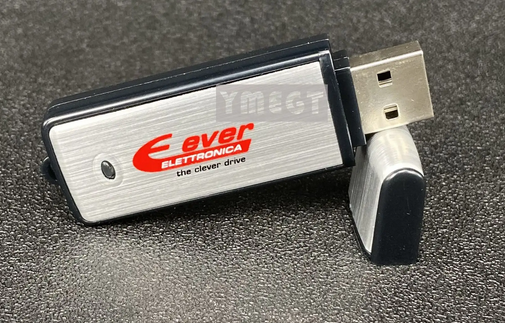
Development Direction
However, in the past two years, our requirements for mobile storage devices are getting higher and higher, and we have changed the definition of USB flash drive from simple storage to not just storage, but to a good product with both storage and efficient functions. And today I will share with you aigo national goodies launched aigo u391 solid-state flash drive 128GB (based on SSD master solid-state flash drive), read and write speed can reach 420MB / s, 380MB / s
USB flash drive composition
The composition of the USB flash drive is very simple, mainly composed of the shell + movement, which: 1.
1, the movement: the movement includes a PCB + USB master control chip + crystal + chip resistor, capacitor + USB interface + chip LED (not all U disk have) + FLASH (flash memory) chip .
USB flash drive movement
U disk movement
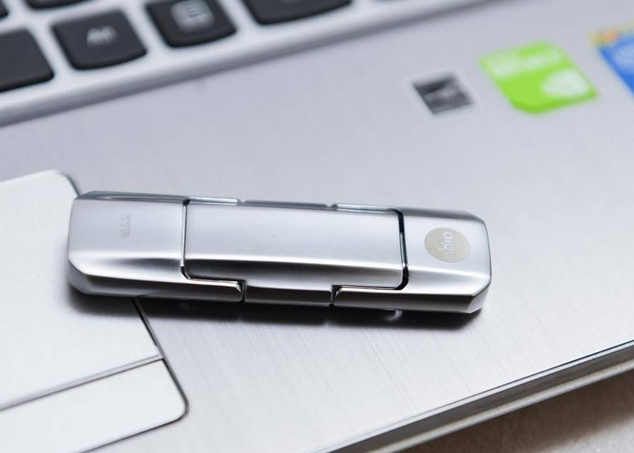
2, shell: according to the material classification, there are ABS plastic, bamboo, metal, leather, silicone, PVC software, etc.; according to the style classification, there are cards, pen, mini, cartoon, business, simulation, etc.; according to the function classification, there are encryption, antivirus, waterproof, intelligent, etc.
Storage principle
The computer converts the binary digital signal into a composite binary digital signal (adding instructions for allocation, check, stack, etc.), reads and writes to the USB chip adaptation interface, and stores the binary data through the chip processing signal assigned to the corresponding address of the EEPROM memory chip to realize data storage. eeprom data memory, whose control principle is voltage control of the high and low values of the gate transistor, the gate transistor The junction capacitance of the gate transistor can save the voltage value for a long time, and the main reason for saving data after power failure is the addition of floating gate and selective gate to the original transistor.
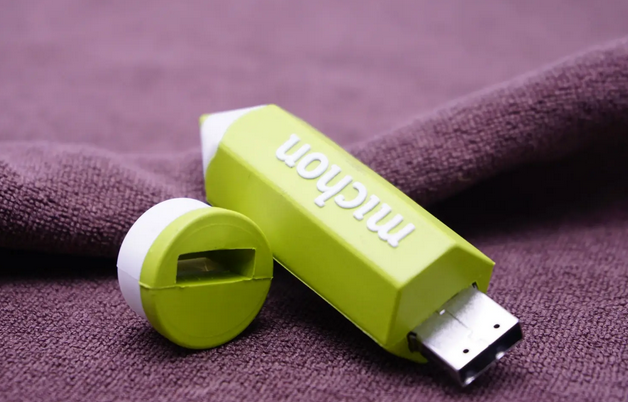
A floating gate is formed on the semiconductor that conducts current unidirectionally between the source and drain to store electrons. The floating gate is wrapped with a silicon oxide insulator. On top of it is a selector/control gate that controls the transfer current between the source and drain. The data is 0 or 1 depending on the presence or absence of electrons in the floating gate formed on the silicon substrate. The presence of electrons is 0 and the absence of electrons is .
Flash memory, as its name implies, initializes by removing data before writing. This means that all data . Writes are only done when the data is 0, and nothing is done when the data is 1. When writing 0, a high voltage is applied to the gate and drain electrodes to increase the electron energy conducted between the source and drain. In this way, the electrons break through the oxide insulator and enter the floating gate.
When the data is read, a certain voltage is applied to the gate electrode, and the current is set to 1 for a high current and 0 for a low current. in the state where the floating gate has no electrons (data is 1), a voltage is applied to the drain in the state where the voltage is applied to the gate electrode, and a current is generated between the source and the drain due to the movement of a large number of electrons. In the state of floating gate with electrons (data is 0), the number of electrons conducted in the channel is reduced. Because the voltage applied to the gate electrode is absorbed by the floating gate electrons, it is difficult to have an effect on the channel
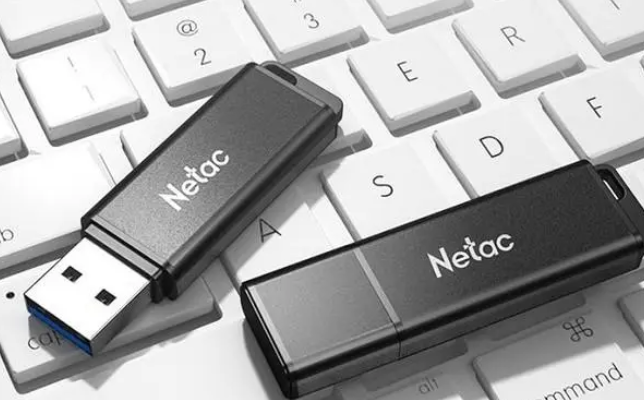
Functional classification
The main purpose of USB flash drive is to store data. Through the efforts of enthusiasts and businessmen, more functions have been developed for USB flash drive: encryption USB flash drive, boot USB flash drive, antivirus USB flash drive, temperature measurement USB flash drive, and music USB flash drive, etc.
Driverless type
Driverless products can be used normally under Windows 98/Me/2000/XP and Linux and Mac OS that support USB Mass Storage protocol, and only need to install the driver under Windows 98 system, in Windows Me and above operating systems do not need to install the driver to be correctly recognized and used by the system. In Windows Me and other operating systems do not need to install drivers to be correctly recognized and used by the system, which truly reflects the convenience of USB devices "plug and play". Most USB flash drives on the market are driverless, users have a large choice, Patriot, Lenovo, Gold Bond, Lanxess and other companies are good choices.
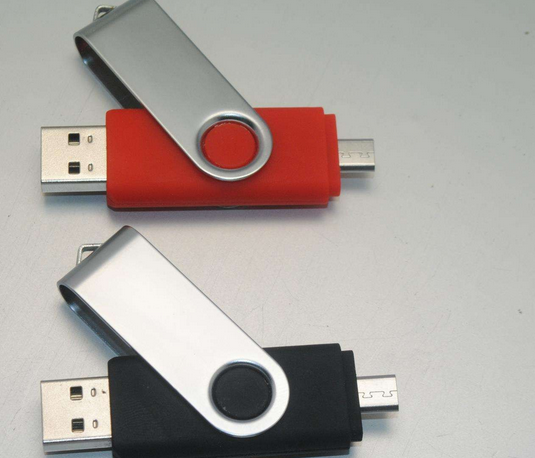
Encrypted
In addition to encrypting the stored content, encrypted USB flash drives can also be used as ordinary USB flash drives.
There are two types:
one is hardware encryption
such as fingerprint identification encrypted USB flash drive, this kind of USB flash drive is more expensive for users in special sectors, generally speaking, the security of using hardware encryption is better;
the other is software encryption
software encryption can be specifically divided into a hidden partition (encrypted partition) in the USB flash drive to store the files to be encrypted, or it can not be divided into zones to encrypt only a single file, without the password You can't open the encrypted partition or the encrypted single file without password, so as to play the role of confidentiality.
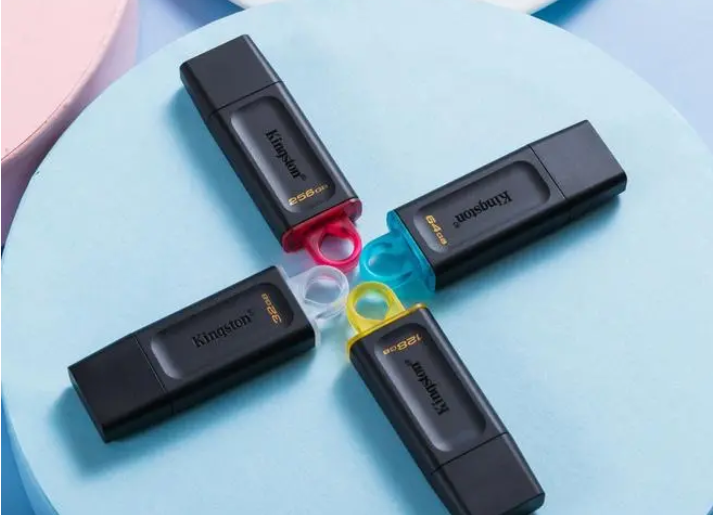
Bootable
The emergence of bootable USB flash drives has made people more impressed with this portable product. As the name suggests, the bootable USB flash drive adds the function of booting the system to make up for the defects of encrypted and non-driveable USB flash drives that cannot boot the system.
It is the emergence of this product that accelerated the process of floppy drives being eliminated. To boot the system, the USB flash drive must emulate a USB peripheral to achieve. For example, bootable USB flash drives on the market mainly rely on the emulation of USB_HDD method to achieve system boot.
There is an advantage to booting the system by emulating USB_HDD: after the system boots, the USB flash drive is recognized as a hard drive and the user can maximize the use of the space on the flash drive. This also brings out the full extent of the USB drive's large capacity. This has multiple boot function USB flash drive can be used in addition to desktop computers, but also widely used in notebook computers with external USB floppy drive, with this USB flash drive, notebooks can also be completely eliminated floppy drive or even optical drive .
There are bootable USB flash drives on the market for purchase, but they are more expensive than ordinary driveless USB flash drives, so users can actually make ordinary driveless USB flash drives into bootable USB flash drives, and there are generally two methods:
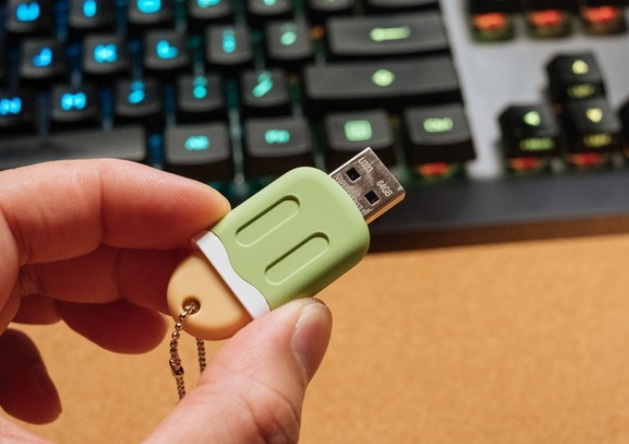
Future development
Podcast
Semiconductor manufacturers are working hard to integrate various flash drive functions in a single chip to reduce the cost of flash drive components, and thus also reduce the overall cost.
In terms of efforts to increase capacity, 1GB and smaller flash drives are no longer being manufactured. Kingston has released a 512GB USB 3.0 flash drive and claims to be able to store data for 10 years.
Lexar is trying to introduce a USB flash memory card. It is compatible with USB flash drives and is hoped to replace various flash memory cards. (Completed)
SanDisk has released new technology that can control the use of copyrighted data on flash drives. The main users of this technology are students. The technology is called FlashCP
USB FLASH Drive data recovery steps:


